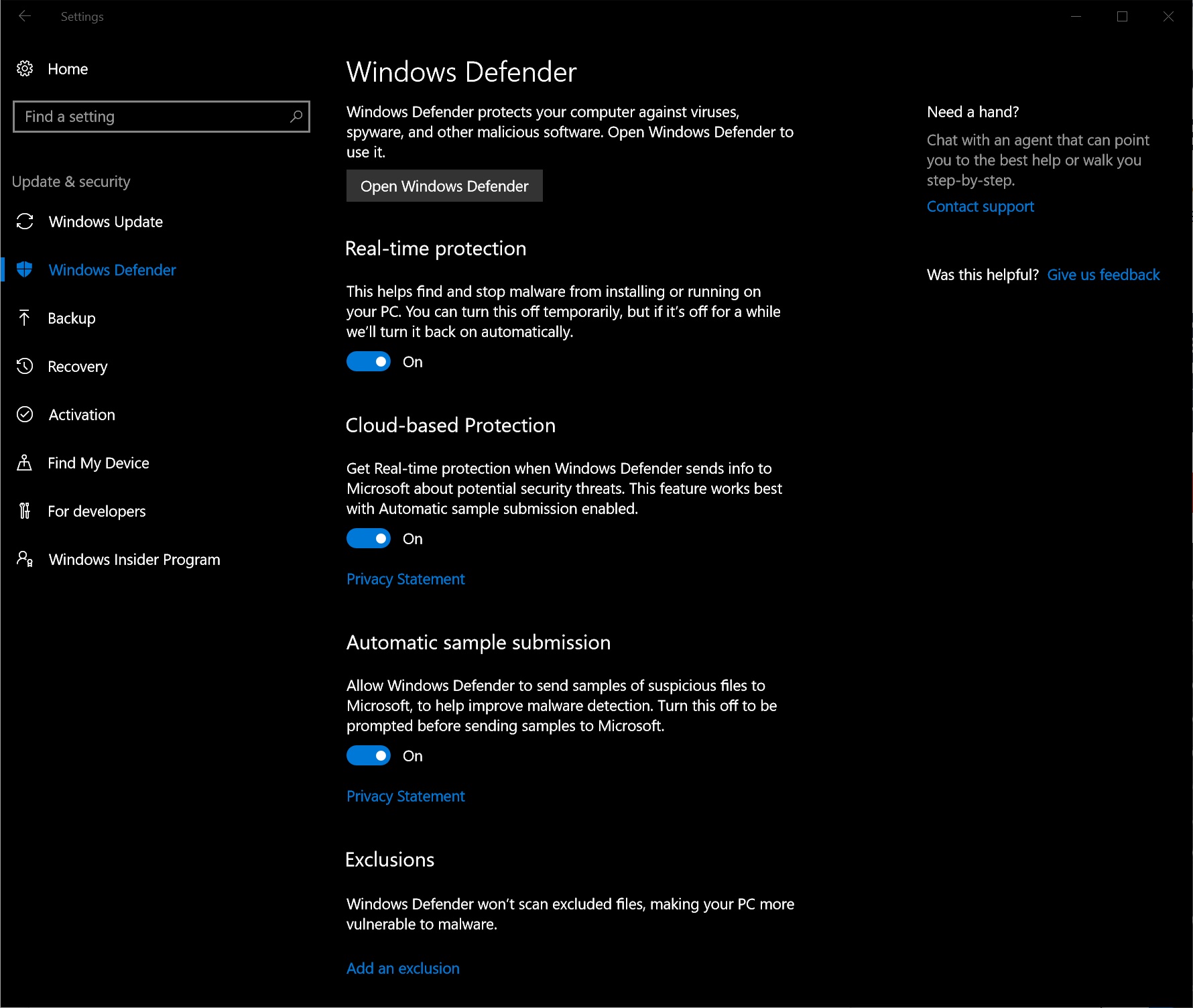Unpatched Microsoft Windows 10 Anniversary Update still holds strong against zero-day attacks

Microsoft Windows 10 comes with its own security suite: Windows Defender. With that said, how good is it?
According to Microsoft’s own research team, Windows Defender was able to detect and block two zero-day exploits, before Microsoft had a chance to patch against them, in November of last year.
For the uninitiated, zero-day exploits are defined as security threats for which a patch, fix, or countermeasure is not yet available.
Zero-day exploits can be extremely dangerous on older systems, as such operating systems rely on outdated technology and kernels. Most recently, an exploit left undetected in many Windows operating systems as far back as Windows 98, and inherited by subsequent Windows versions up to Windows XP was found, dating back more than 20 years.
To illustrate just how dangerous a zero-day security vulnerability is, take a large corporate network, for example. Even if such network is made of many brand new, updated systems, a network is only as secure as its weakest link. Hackers looking to penetrate a network, typically look for the easiest entry point, such as the wireless network from security camera feeds, or an older computer that still has access to that network. Through such means, privileges can be elevated to gain further access into the network, and deal more damage, by successfully stealing confidential data.
This is why it’s important to keep systems up to date, especially when data security is at stake.
Windows 10’s built-in security suite, is designed to use features like sandboxing, multi-step validation, and more countermeasures that help keeping users safe against many different types of attacks, including zero-day exploits that use a similar approach.
Microsoft calls this way of boosting security in Windows 10 “Exploit Mitigation”, which is an approach that allows a system to defend itself, by taking into account a wider range of exploits, instead of just one at a time.
By this token, Windows 10 not only checks against kernel-level vulnerabilities, but also other uncommon threats, such as malware hidden in system fonts, which is a standard feature in Windows OneCore, the base kernel of Microsoft Windows 10.
More security enhancing features are coming, as of the Creators Update, due in Spring.
Ready to shop?
PortableOne has the best deals on Windows 10 Pro laptops, featuring the latest hardware-based security features, and full BitLocker encryption to protect your files from prying eyes.